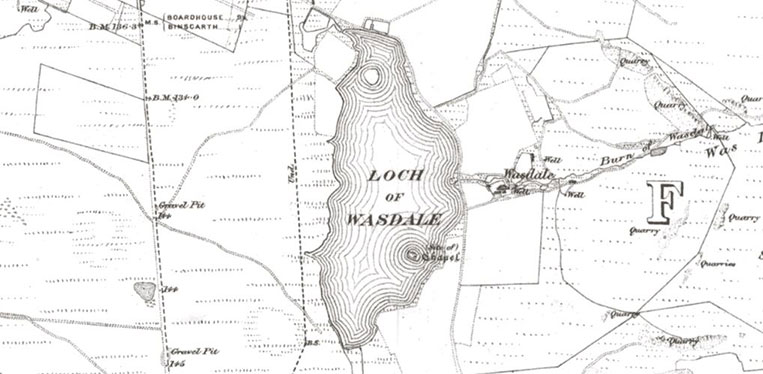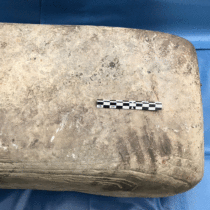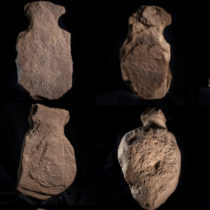Postgraduate students were back in Firth, Orkney, recently to carry out test-pitting on a promontory at the northern end of the Wasdale loch.
Previous visits were for walkover survey practical sessions, but this time the focus was on seeing what, if any, archaeology survives and whether it could clarify the nature of the feature.
Although it’s possible to cross dry-shod these days, it appears as an islet on the 1882 Ordnance Survey map. Little is known about the site, but the fact the shoreside edges appear to show the remains of walling led to the suggestion it may be a crannog.
In Scotland these artificial platforms are usually of Iron Age date but in the Western Isles extend back to the Neolithic. Irish examples are mainly medieval in date. A second probable crannog lies directly across the loch to the south-south-east.
In his Reminiscences of an Orkney Parish, John Firth (1838-1922) wrote that this islet was once home to a kirk: “During the Middle Ages several chapels existed in the district now known as the parish of Firth – one on the island in the Loch of Wasdale.”
In 1985, the Orcadian author Bessie Skea told of a tradition that the northern promontory was home to a cemetery that was thought to relate to the chapel on the south-eastern crannog.
Test-pitting sees the insertion of a small, metre-square trench allowing the recovery of any topsoil artefacts and subsoil deposits. In addition, it gives archaeologists a glimpse of any buried archaeological remains.
On the Wasdale promontory, the students, accompanied by lecturer Martin Carruthers and ORCA’s Chris Gee, opened two trial trenches. One revealed huge quantities of cairn-like rubble, the other rather more structural remains or a stone surface.
Martin Carruthers explained: “The overall impression given is that the entire promontory/islet is an artificial one made up of masses of rubble. A structure made up of some very large masonry seems to lurk at the heart of the cairn makeup. Constructing this ‘monument’ must have been a very substantial undertaking.
“In terms of artefacts, apart from some later post-medieval glazed pottery, we recovered a single worked flint, probably a ‘thumbnail’ scraper, which is most likely later Neolithic in date.
“This artefact could turn out to be the first indication of the real antiquity of the islet/crannog. In a Northern Isles context, this would be a dramatic parallel with recent findings in the Western Isles.”





